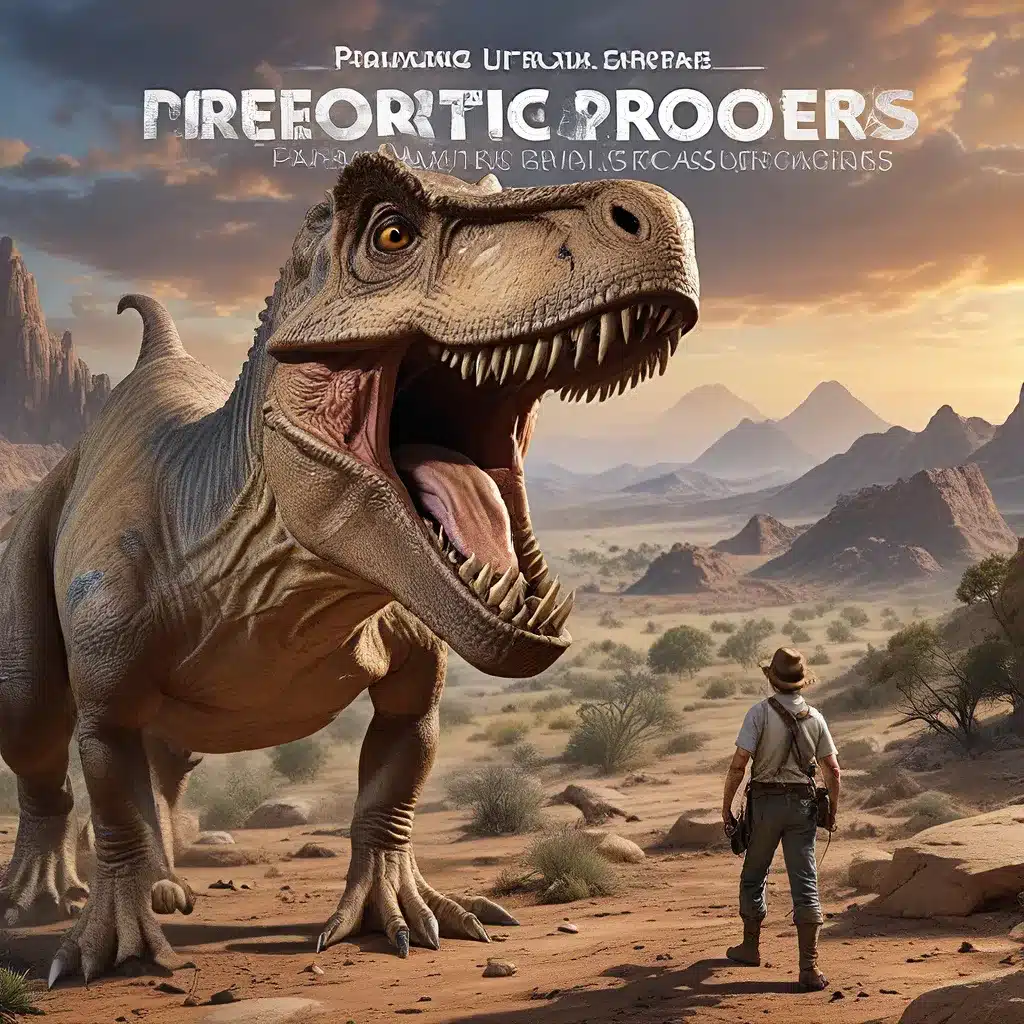
In the rugged coastal town of Lyme Regis, a young woman named Mary Anning was about to make history. During the early 19th century, when the concept of extinction was still novel and scientific understanding of the ancient world was in its infancy, Anning’s remarkable discoveries would forever change our perception of the prehistoric realm.
Fossil Hunting and the Birth of Paleontology
Anning’s journey into the world of paleontology began at a young age, when her father, Richard Anning, an amateur fossil collector, introduced her to the wonders of the Jurassic Coast. Growing up in a family of religious dissenters struggling with poverty, Mary Anning quickly developed a keen eye for the hidden treasures that lay scattered along the shoreline. Fossilhunting became not just a pastime but a means of survival, as Anning and her family sold their discoveries to support themselves.
Anning’s first major find, the Ichthyosaurus, came in 1811 when she was just 12 years old. This marine reptile, which she meticulously excavated and studied, would baffle the scientific community for years, ultimately leading to the recognition of a new category of prehistoric creatures. Anning’s ability to identify and document these enigmatic fossils, even in the face of skepticism from the male-dominated scientific establishment, was nothing short of remarkable.
Pioneering Discoveries and Scientific Breakthroughs
As Anning’s reputation grew, so too did the frequency and significance of her discoveries. In 1823, she made another groundbreaking find – the complete skeleton of a Plesiosaurus, a long-necked marine reptile that had never been seen before. This discovery sparked a flurry of debate, with even the renowned Georges Cuvier initially doubting its authenticity. However, Anning’s meticulous work and unwavering dedication eventually won over the scientific community, establishing her as a true pioneer in the field of paleontology.
Anning’s contributions to science extended beyond her impressive fossil finds. She was also a skilled artist, creating detailed sketches of her discoveries that helped scientists better understand the anatomy and behaviors of these ancient creatures. Her work also inspired the renowned geologist Henry De la Beche to create the first-ever palaeoart piece, “Duria Antiquior – A More Ancient Dorset,” which provided a visual representation of the prehistoric landscape.
Overcoming Adversity and Gaining Recognition
Despite her groundbreaking discoveries and invaluable contributions to science, Anning faced significant challenges throughout her career. As a woman in a male-dominated field, she was often overlooked or denied credit for her work, with male scientists frequently failing to acknowledge her contributions in their published papers. Even the prestigious Geological Society of London refused to admit her as a member until 1904, long after her death.
Anning’s struggles were further compounded by her family’s financial hardships. She was forced to sell many of her fossil finds to support herself and her family, often at a fraction of their true value. It was not until the later years of her life that Anning began to receive some level of recognition and financial security, though she sadly passed away from breast cancer at the young age of 47.
The Legacy of Mary Anning
Today, Mary Anning’s legacy lives on, both in the scientific community and in the public imagination. Her pioneering discoveries, meticulous documentation, and unwavering determination have inspired generations of paleontologists and made her a symbol of the perseverance and ingenuity of women in science.
The fossils Anning uncovered continue to captivate visitors at the Natural History Museum in London, where her Ichthyosaurus, Plesiosaurus, and other finds are proudly displayed. Her story has also been the subject of numerous books, films, and even a campaign to have her permanently commemorated in her hometown of Lyme Regis.
As our understanding of the prehistoric world continues to evolve, the legacy of Mary Anning stands as a testament to the power of curiosity, dedication, and the relentless pursuit of scientific knowledge. Her story is a reminder that the foundations of our modern understanding of dinosaurs and ancient life were laid by the tireless efforts of pioneers like Anning, who dared to uncover the secrets of the past and change the course of history.
Emerging Theories and Ongoing Discoveries
While Mary Anning’s discoveries have fundamentally shaped our knowledge of the Jurassic period, the origins and evolution of dinosaurs continue to be a subject of intense scientific inquiry. Recent archaeological finds and the application of advanced analytical techniques have led to the emergence of new theories and a deeper understanding of these remarkable creatures.
One of the most intriguing questions surrounding dinosaurs is how they came to dominate the prehistoric landscape. Paleontologists have long debated the factors that contributed to the diversification of dinosaurs, with some theories suggesting that environmental changes or extinction events may have played a role. Ongoing excavations and the discovery of new fossil sites continue to provide valuable insights into the complex evolutionary history of dinosaurs.
Moreover, the study of dinosaur behavior, physiology, and ecological relationships has also become a focus of contemporary paleontological research. Advances in imaging technology and biomechanical analysis have allowed scientists to gain a more detailed understanding of how these ancient creatures lived, moved, and interacted with their environments.
As the field of paleontology continues to evolve, the legacy of pioneers like Mary Anning remains a guiding light, inspiring new generations of researchers to uncover the secrets of the prehistoric world. Through their tireless efforts and unwavering dedication, we can continue to expand our knowledge and deepen our appreciation for the remarkable diversity and complexity of life that once thrived on our planet.


